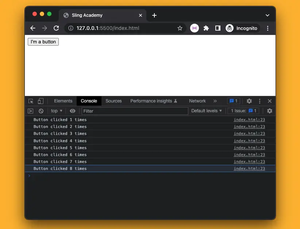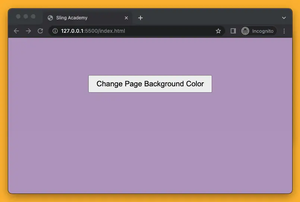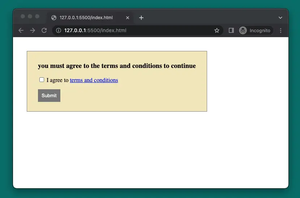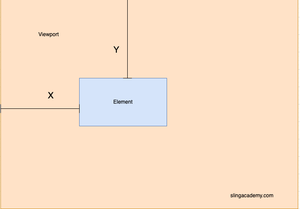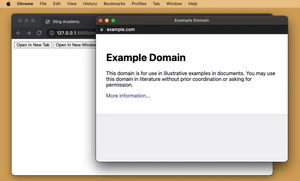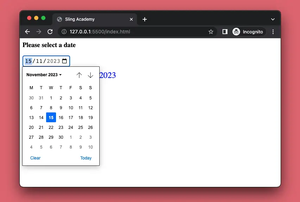In the world of web development, speed and efficiency are everything. Prototyping effectively can sometimes mean the difference between a project stalling or moving seamlessly through to production. One approach to achieving speedier prototyping is by creating reusable Document Object Model (DOM) snippets using JavaScript. This method enhances productivity by reducing redundancy, ensuring consistency across your pages, and allowing for rapid iteration of ideas and structure.
DOM manipulation is the process of modifying or interacting with the HTML and XML structure of a web page using JavaScript. When developing a website, creating reusable snippets means defining segments of your HTML structure that can be dynamically generated and manipulated with JavaScript functions. By leveraging these pre-built snippets, you'll avoid rewriting the same HTML code across different parts of your codebase.
Why Use Reusable DOM Snippets?
Reusable DOM snippets have several advantages, including:
- Efficiency: By reusing code, you can shorten the development cycle significantly.
- Maintainability: More organized code that's easier to read and modify reduces errors and streamlines updates.
- Consistency: Uniform DOM elements throughout a website enhance the user experience.
Getting Started with Reusable DOM Snippets
To effectively use reusable DOM snippets in your project, start by identifying common patterns in your HTML code that are replicated across your site. These are ideal candidates for abstraction into reusable components.
Example: Creating a Reusable Button
Consider the scenario where you have a button that is used multiple times across your site.
Click Me!
Instead of rewriting this every time, you can create a JavaScript function that generates this button.
// JavaScript function to create a button
function createButton(label, className) {
const button = document.createElement('button');
button.textContent = label || 'Default';
button.className = className || 'btn-primary';
return button;
}
// Usage example
const newButton = createButton('Click Me!', 'btn-primary');
document.body.appendChild(newButton);
This pattern allows you to generate buttons dynamically with different labels and styles without cluttering your HTML.
Organizing Reusable Components
One way to keep your reusable DOM snippets well organized is by using module pattern in JavaScript. This pattern allows you to encapsulate related methods and functionalities within a single object, exposing only what's necessary for use elsewhere in the application.
Here's an example of how you might organize your button function into a module:
// Module pattern for reusable components
const DOMUtils = (function() {
function createButton(label, className) {
const button = document.createElement('button');
button.textContent = label || 'Default';
button.className = className || 'btn-primary';
return button;
}
return {
createButton: createButton
};
})();
// Usage example
const button = DOMUtils.createButton('Submit', 'btn-success');
document.body.appendChild(button);
Using Templates for More Complex Snippets
For more complex structures, such as card elements or dropdowns that have richer functionality or nested elements, templates can be an invaluable tool. HTML templates can be defined once within your HTML file or fetched dynamically, and used with JavaScript to clone and insert these structures wherever needed.
Here's a basic example using template tags:
// JavaScript to clone the card template
function createCard(title, content) {
const template = document.getElementById('cardTemplate');
const clone = template.content.cloneNode(true);
clone.querySelector('.card-title').textContent = title;
clone.querySelector('.card-content').textContent = content;
document.body.appendChild(clone);
}
// Create a new card with specific content
createCard('Awesome Card', 'This is some card content!');
By using the <template> tag in conjunction with JavaScript, developers can construct complex DOM trees while still adhering to DRY (Don't Repeat Yourself) principles.
Final Thoughts
Incorporating reusable DOM snippets into your development toolkit is a smart strategy for enhancing both speed and the quality of your web projects. By standardizing these snippets and organizing them effectively, you'll benefit from cleaner code, faster prototyping, and easier maintenance. As you explore this approach, continually refine your components, making them as versatile and flexible as possible for different scenarios in your projects.


